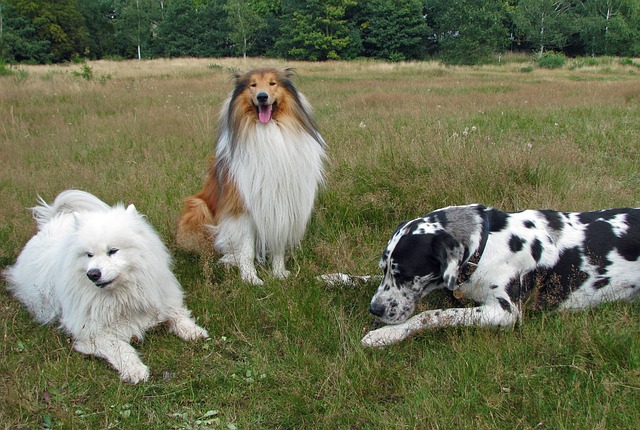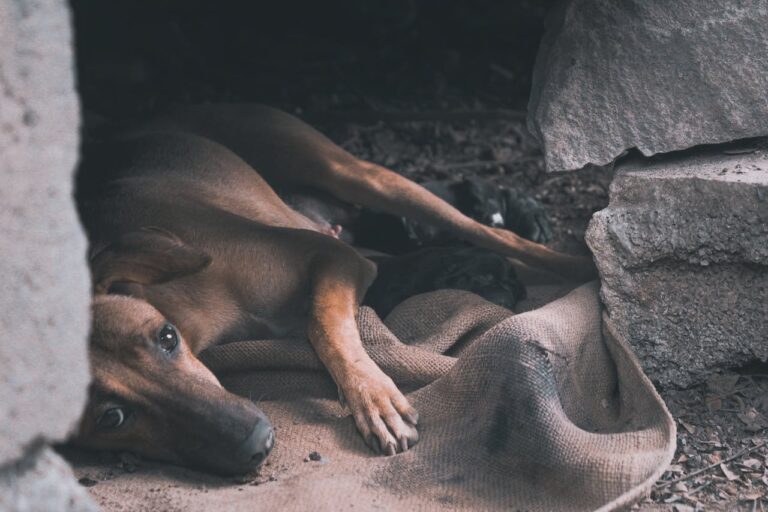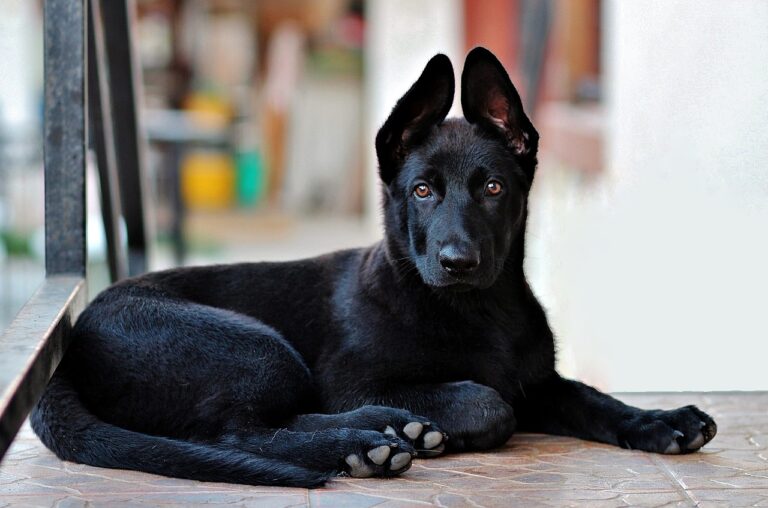
You may be wondering what level of socialisation a puppy should have before it is okay to stop. Well, there is no level. The truth is that when it comes to socializing your dog, there is no age set to stop this process. But your dog should have acquired a certain level of socialization, depending on the age.
In this post, we will look at the puppy socialisation checklist from the first month to the 12th. The essence of this post is to help new and inexperienced dog owners know what to train for every month of their dog’s lives. It is also designed to help first-time owners gauge their dog’s progress at the end of each month.
Here is a breakdown (Checklist) of how socialized your new puppy should be, from the first month to the twelfth.
1. First Month: Socialize with littermates.
2. Second Month: Introduction to Humans.
3. Third Month: Household Exposure.
4. Fourth Month: Positive Vet Visit.
5. Fifth Month: Canine Encounters.
6. Sixth Month: Exposure to Different Environments.
7. Seventh Month: Ongoing Socialization
8. Eighth Month: Introduction to Different Species.
9. Ninth Month: Group Setting.
10. Tenth Month: Exposure to Different Ages and genders.
11. Eleventh Month: Handling and Grooming.
12. Twelfth Month: Continued Socialization.
Table Of Content
Month By Month Dog Socialization Explained.
First Month
- Socialize with littermates: Interact and play with their siblings, learning basic social skills and bite inhibition. We recommend that pups from a litter spend as much time together to bond and should not be separated until about 12 weeks after birth.
The number of social skills and knowledge pups get from litter mates is something their owners cant teach them.
Second Month
- Introduction to humans: Meet various people, including family members, friends, and strangers, to establish positive associations. This process should be taken very seriously, especially when training begins.
This is because if your pup has a bad first impression of humans it could be complicated to cub. For more information on puppy socialization with humans, click the link.
Third Month
- Household exposure: By the end of the first and second month your puppy must have been exposed to environments around your house. It’s time to take your dog out of its comfort zone.
You do this by formally Exposing your puppy to common household sights, sounds, and experiences such as vacuum cleaners, doorbells, and different surfaces. Make sure this process takes place as positively as possible, and that every session ends on a positive note.
Fourth Month
- Positive vet visits: By the fourth month your pup should be ready to visit the veterinarian for routine check-ups, vaccinations, and handling exercises to become comfortable with medical examinations.
Visiting the vet provides the most effective opportunity for your dog to be properly socialized. This is because there are a lot of sents and activities your dog will be introduced to and have to get used to.
Once your dog is comfortable with the different sents and various activities that are happening all at once in the vet hospital, it will be easier to go through other more advanced socialization exercises.
Fifth Month
- Canine encounters: At month five your puppy should be ready to be introduced to well-socialized adult dogs in controlled environments, focusing on positive interactions and play.
The only air of caution is that you ensure that all encounters with other dogs never lead to fights. Also, ensure that you have eyes on both dogs interacting with each other ready to diffuse situations if they become tense.
Sixth Month
- Exposure to different environments: By six months your pup should be comfortable being introduced to various places such as parks, streets, and pet-friendly establishments, ensuring positive experiences with novel stimuli.
We recommend only introducing your dog to environments he may or will come in contact with throughout his life.
Seventh Month
- Ongoing socialization: Somewhere in month seven your new puppy should have picked up enough socialization skills that exposing it to a variety of people, animals, and environments could be good for helping it build good socialization skills.
We recommend starting this process with small sessions for interaction and gradually increasing the sessions once your dog understands the exercise and what he has to do during the process.
Eighth Month
- Introduction to different species: Safely introduce the dog to other animals, such as cats, rabbits, or farm animals, under controlled and supervised conditions.
Make sure that these animals are properly vaccinated and are comfortable being around predator-like animals. And if your dog is a natural herding dog, it is a good opportunity to teach him herding skills.
Ninth Month

- Group settings: At nine months of age you can allow your dog to participate in supervised group activities with other dogs, such as obedience classes or doggy daycare, to develop social skills.
Tenth Month
- Exposure to different ages and genders: At ten months of age your dog can engage in positive interactions with people of various ages, including children, and both males and females. By this age, your dog must have learned to be comfortable with those you are comfortable with which helps greatly reduce the intensity of your supervision.
Eleventh Month
- Handling and grooming: By the end of the eleventh month your pup should be comfortable being touched on sensitive parts of its body.
This is because you must have been Regularly handling the grooming of its paws, ears, and body, and exposing them to grooming activities such as brushing, bathing, and nail trimming. You could also take your dog to a dog groomer if you are too busy to do this task yourself.
Twelfth Month
- Continued socialization: From the twelfth month you would need to maintain socialization efforts, and expose your dog to new experiences to solidify their confidence and adaptability.
Final Thoughts.
We hope this post has helped you determine your and your dog’s progress in your socialization training. Please note that you can only achieve these landmarks in your dog’s socialization training if you start training as soon as you get your new puppy. It is also important to note that your puppy’s overall progress in socialization training will depend on the breed and trainability. The most important thing is to be patient and loving. For more information on what puppy socialization is all about, click the link.



